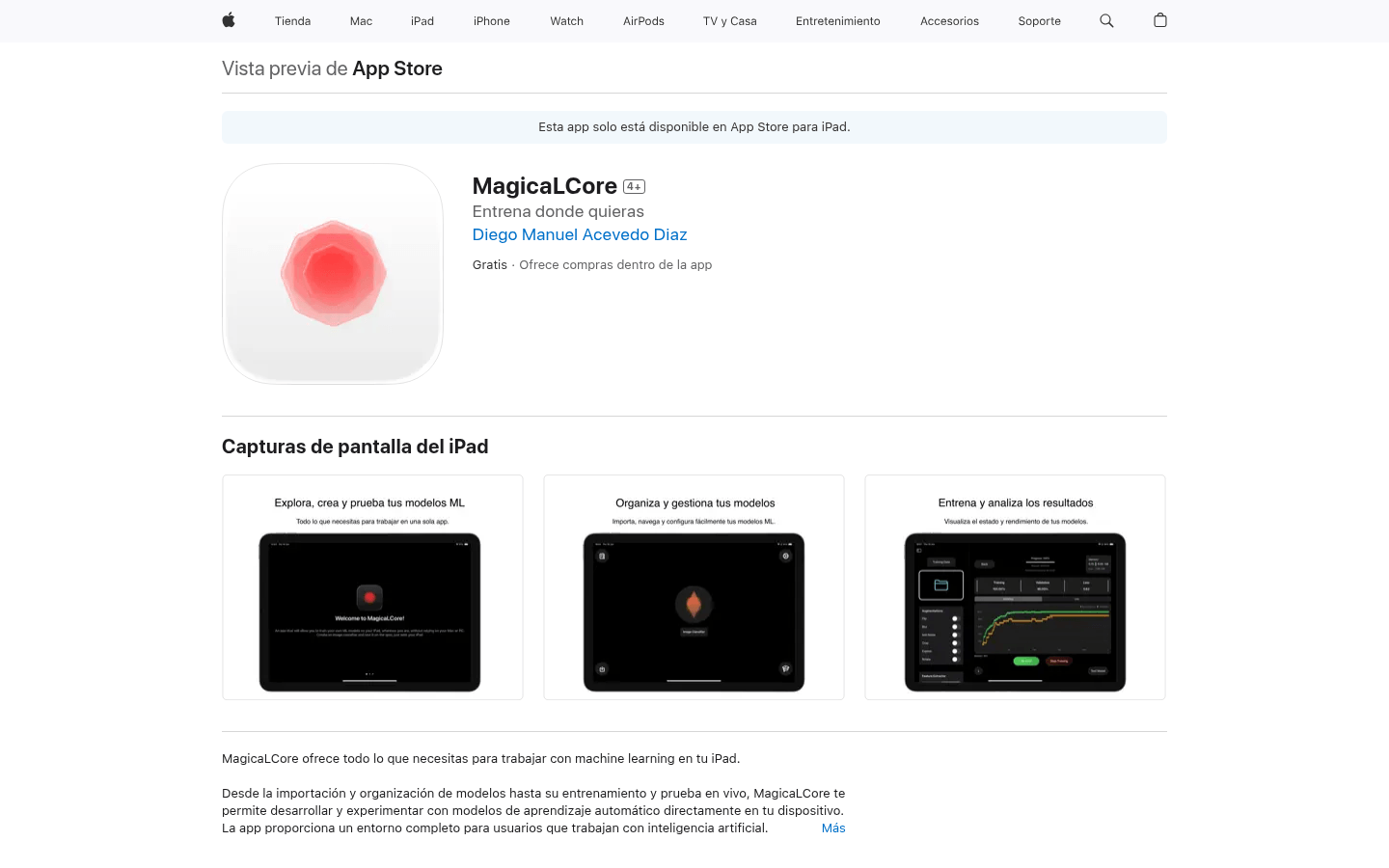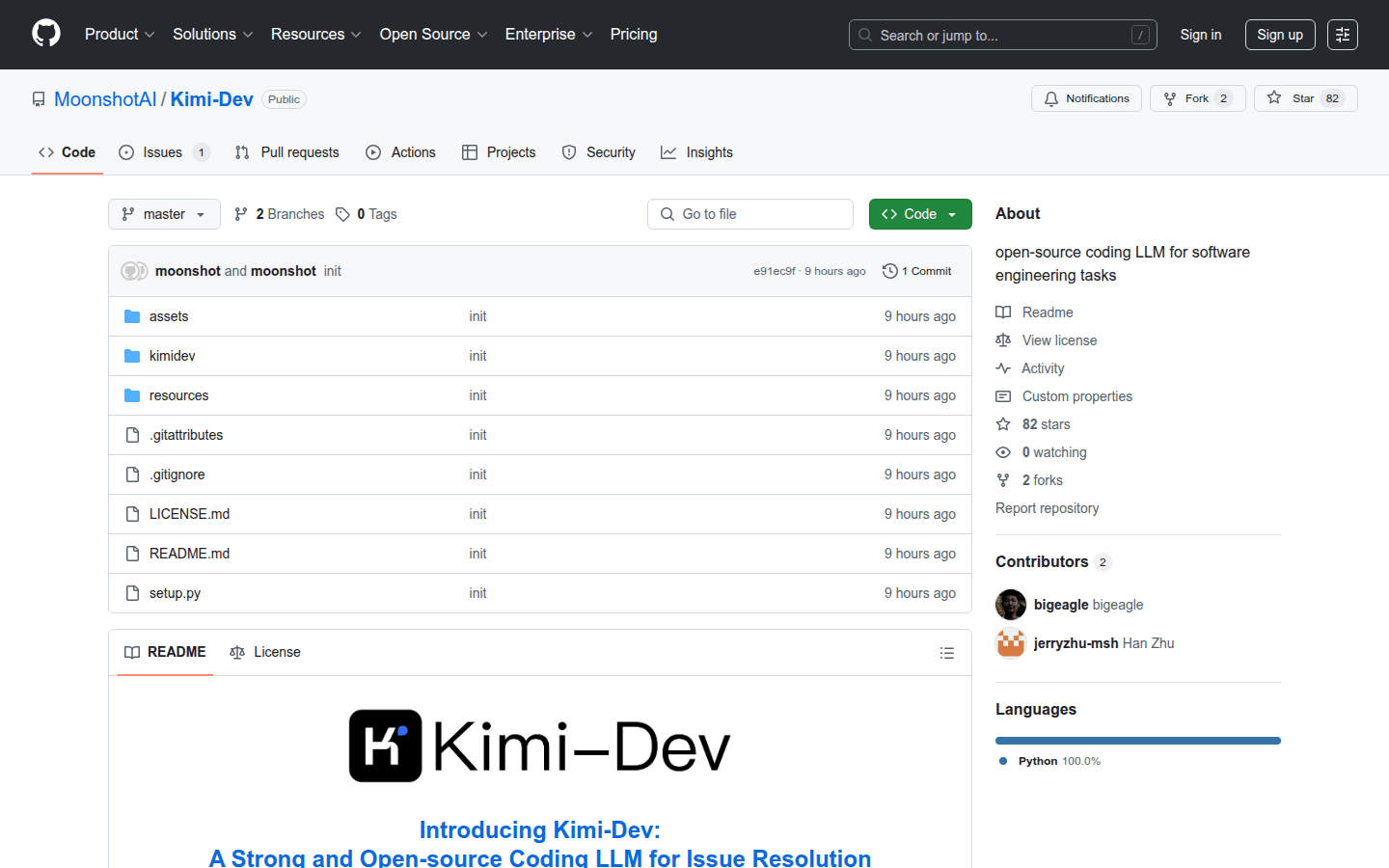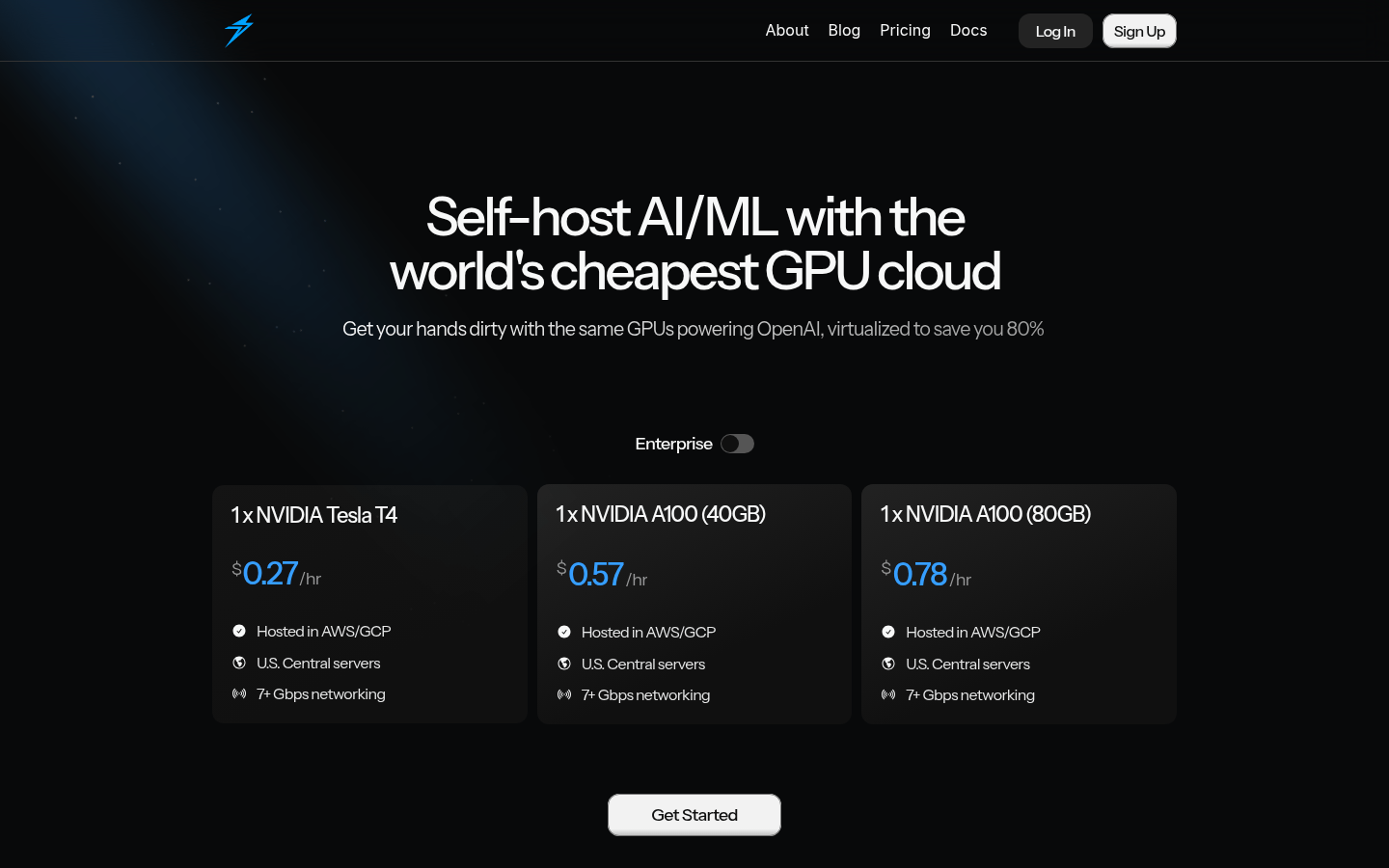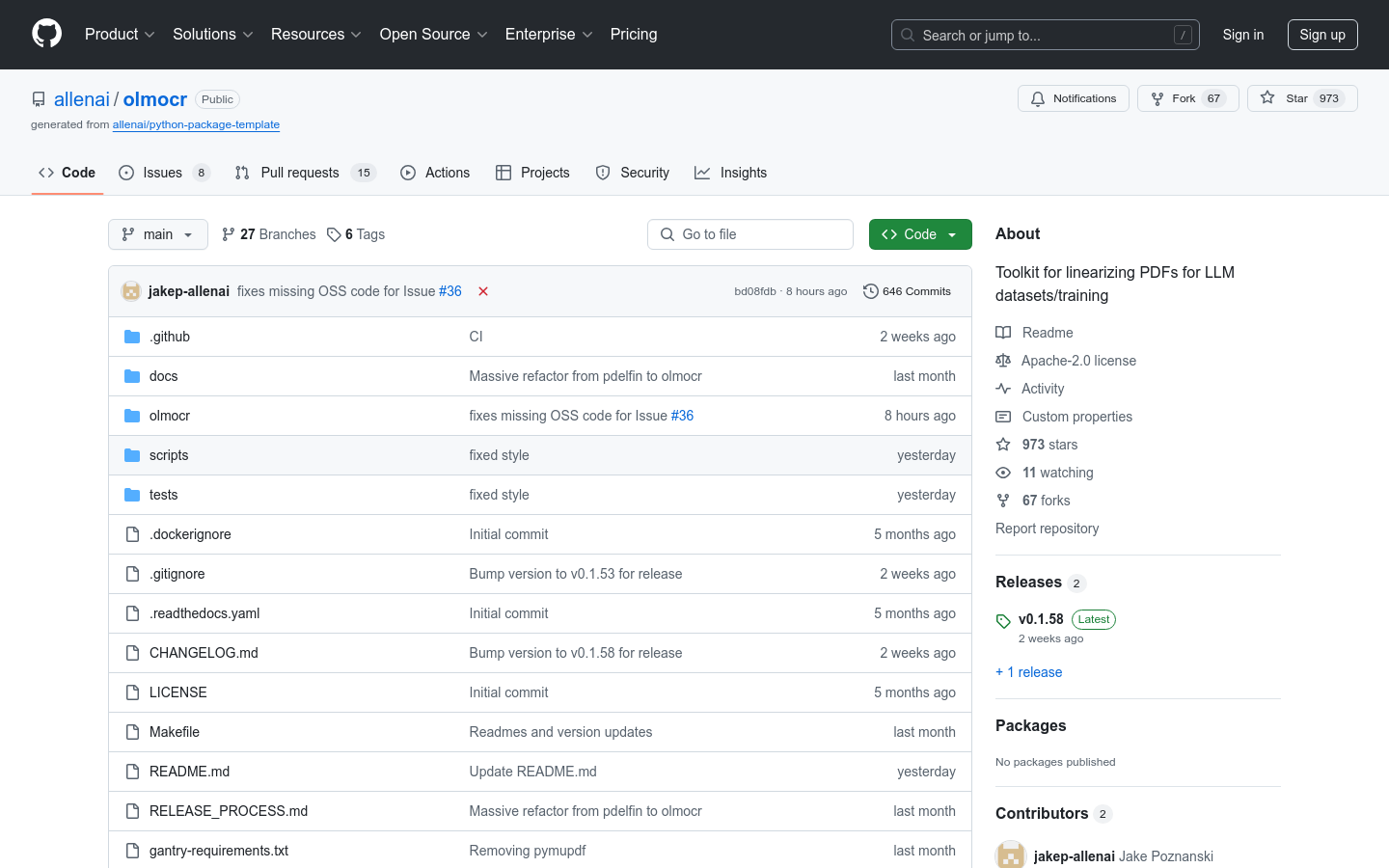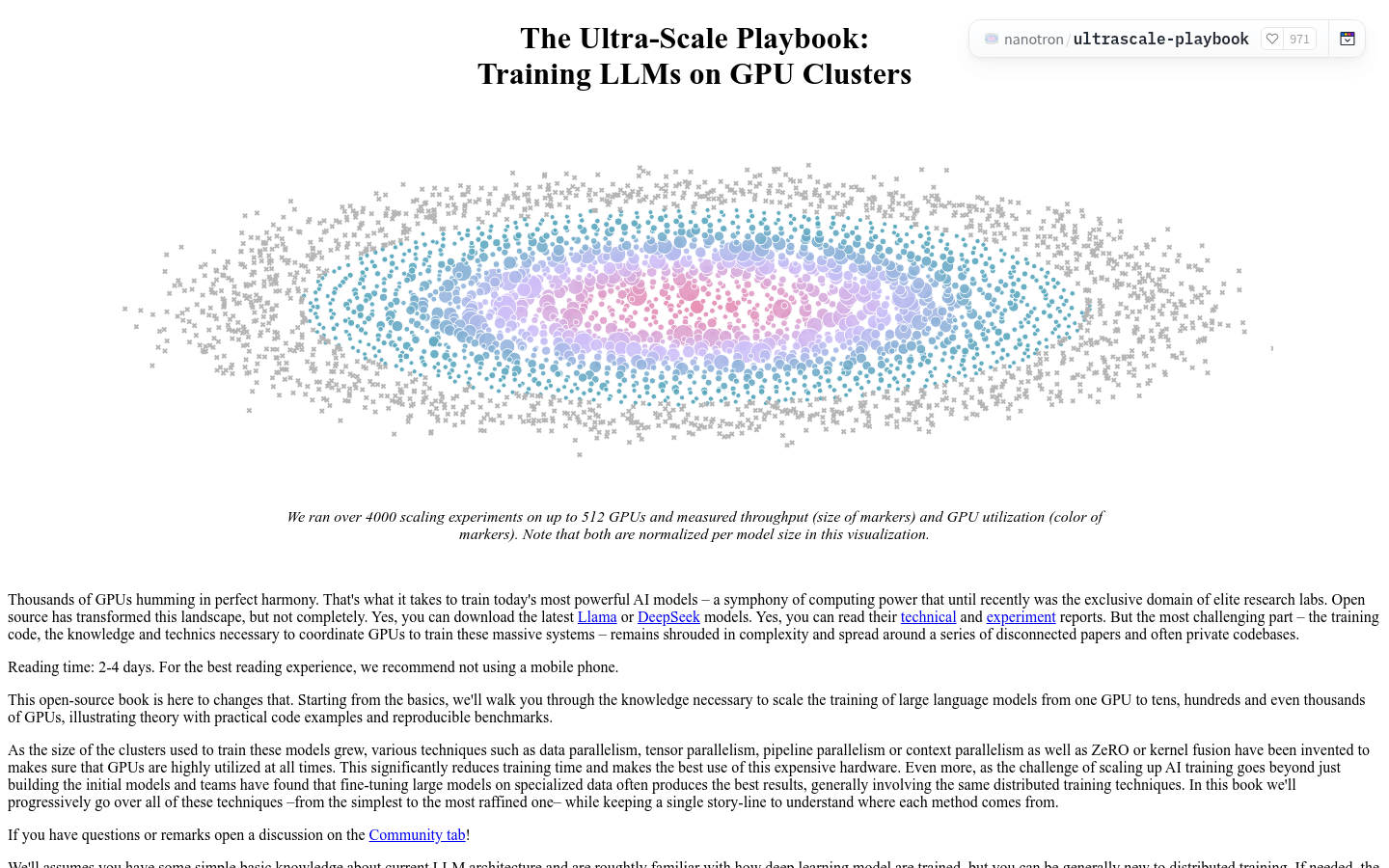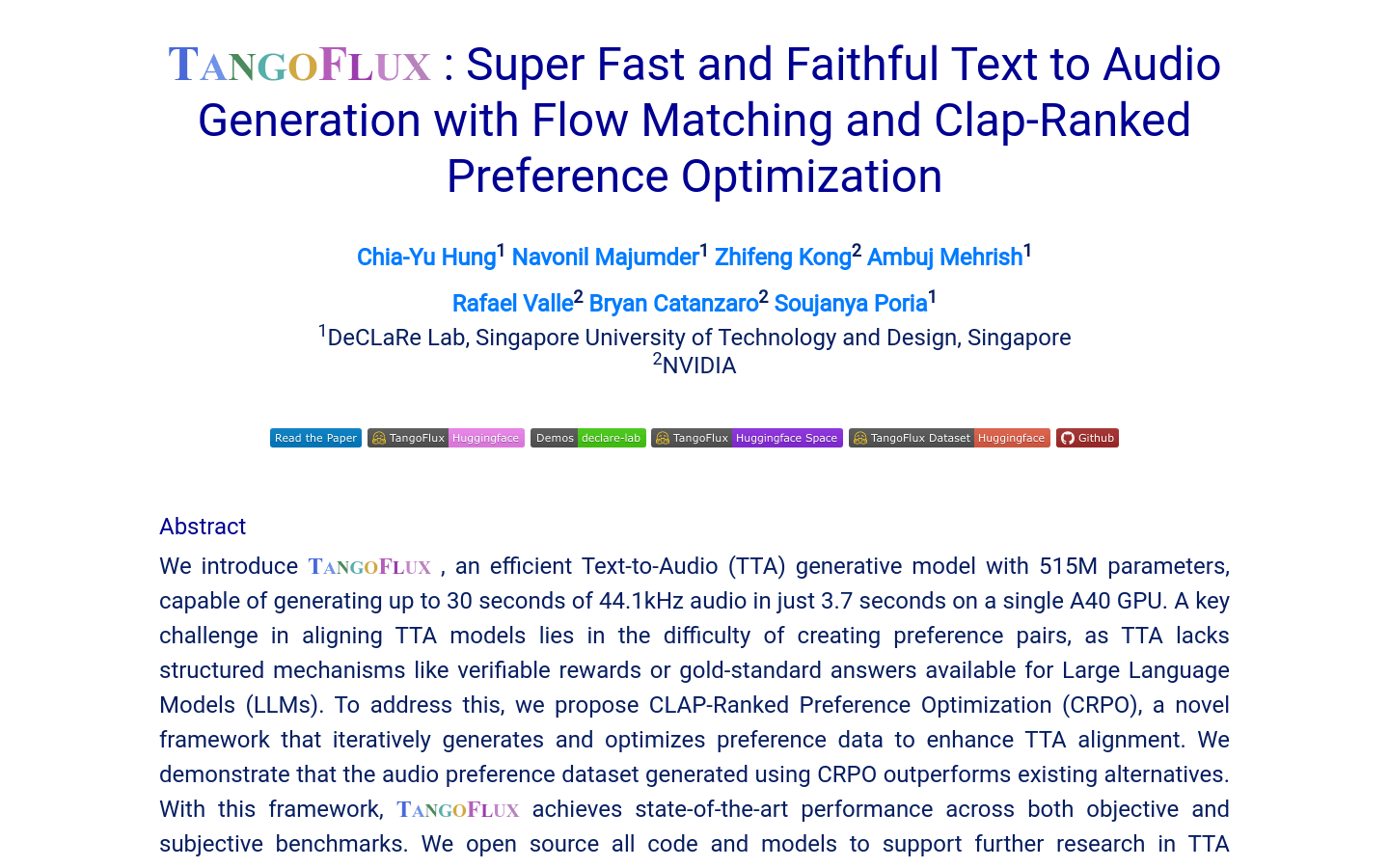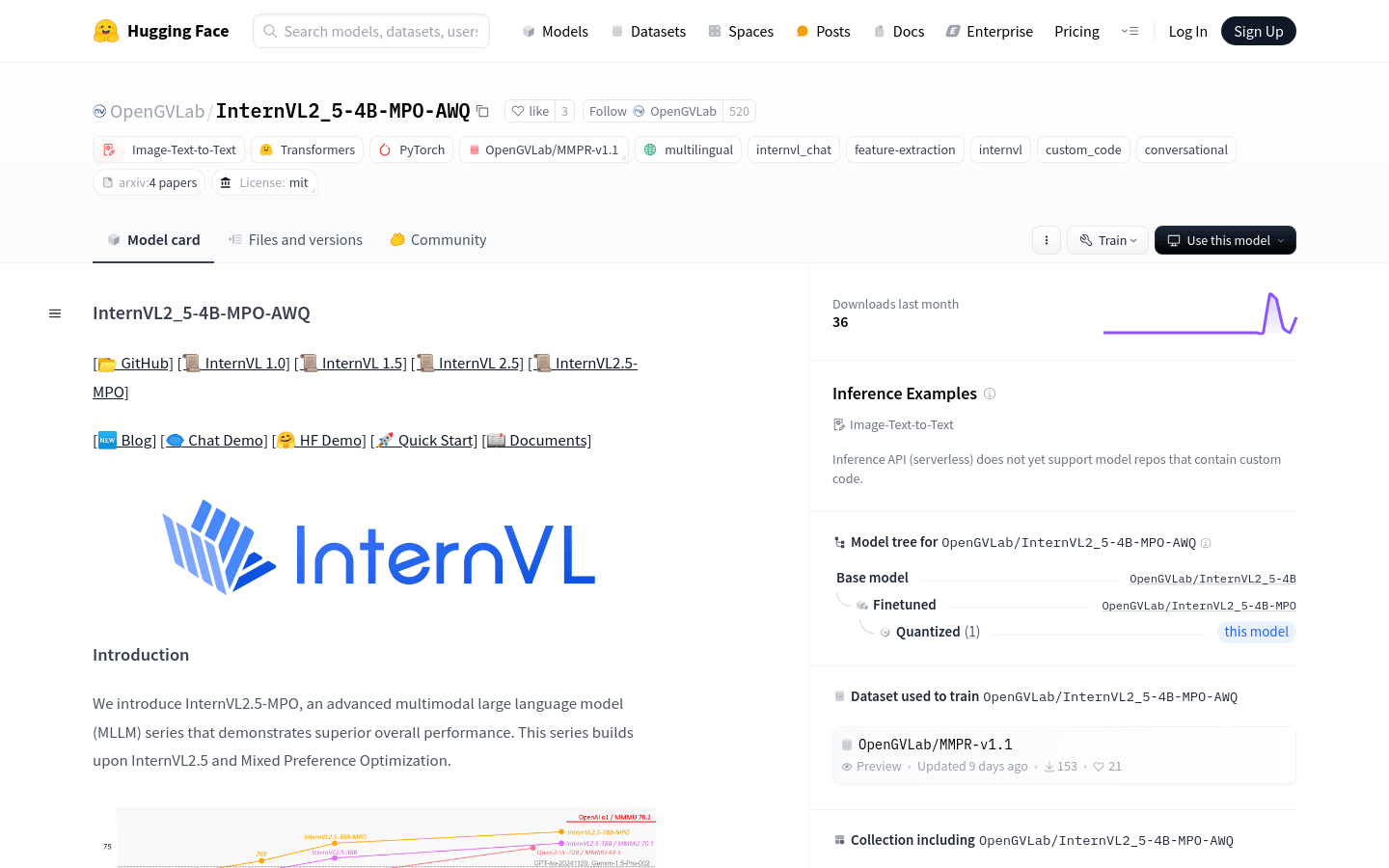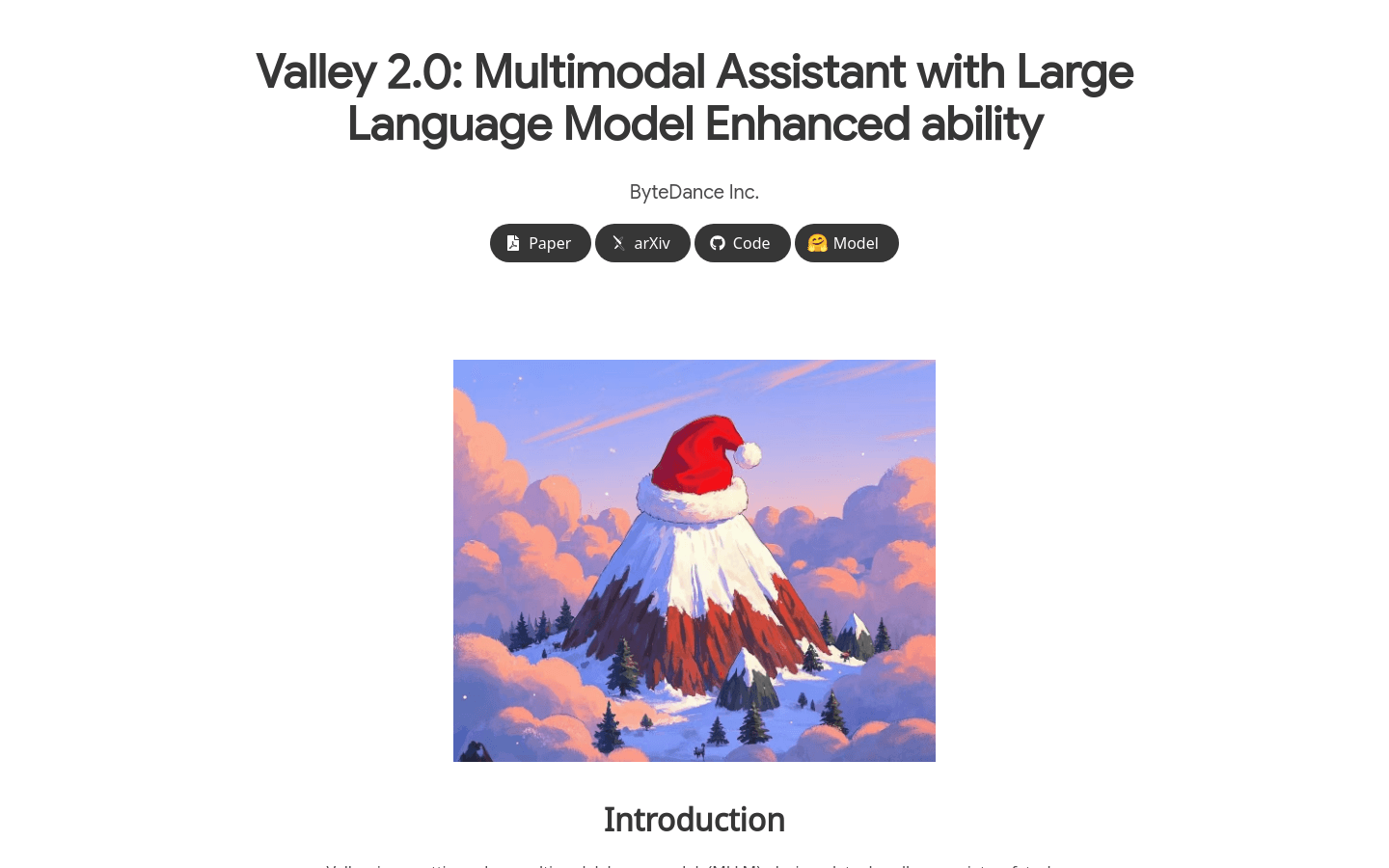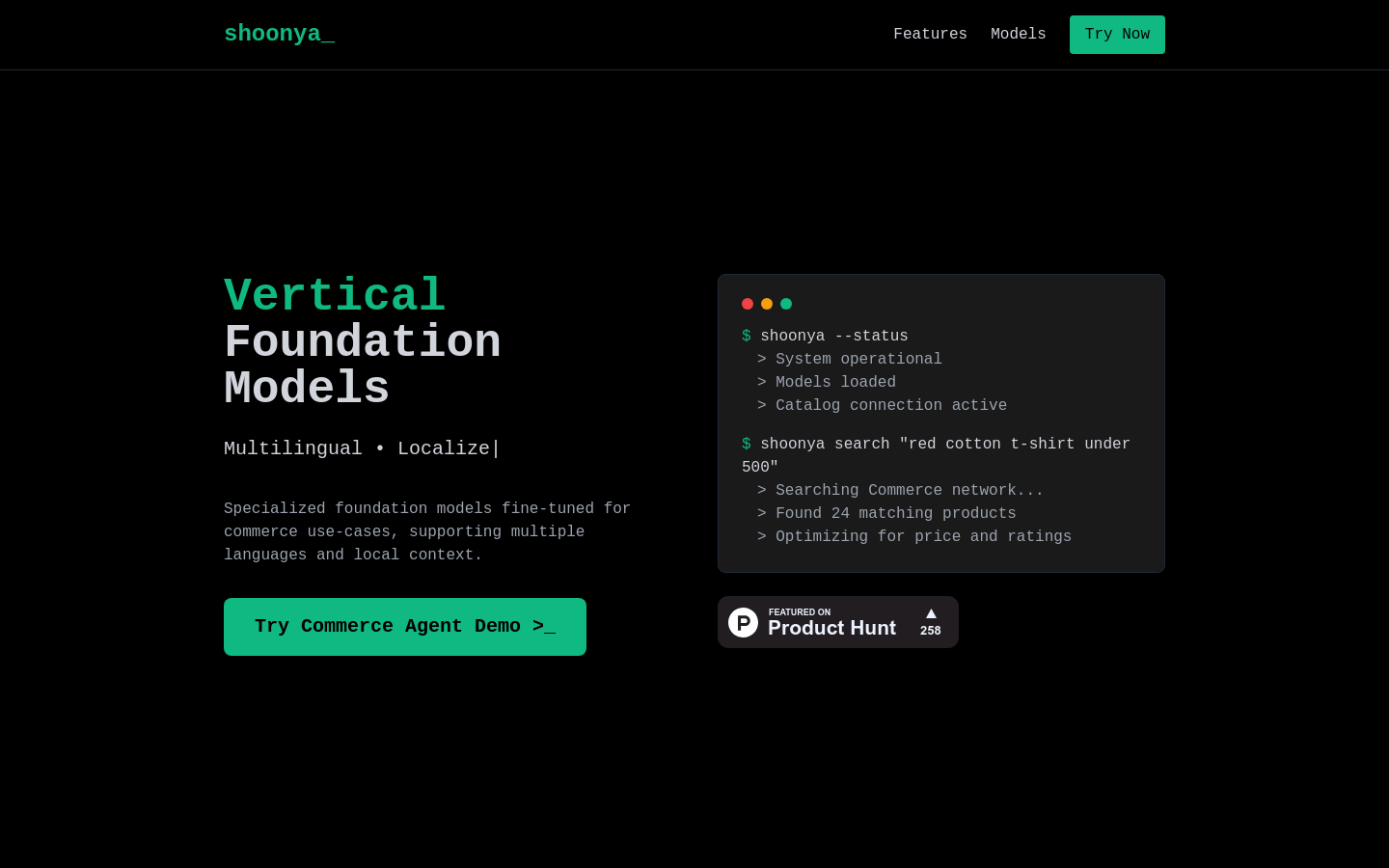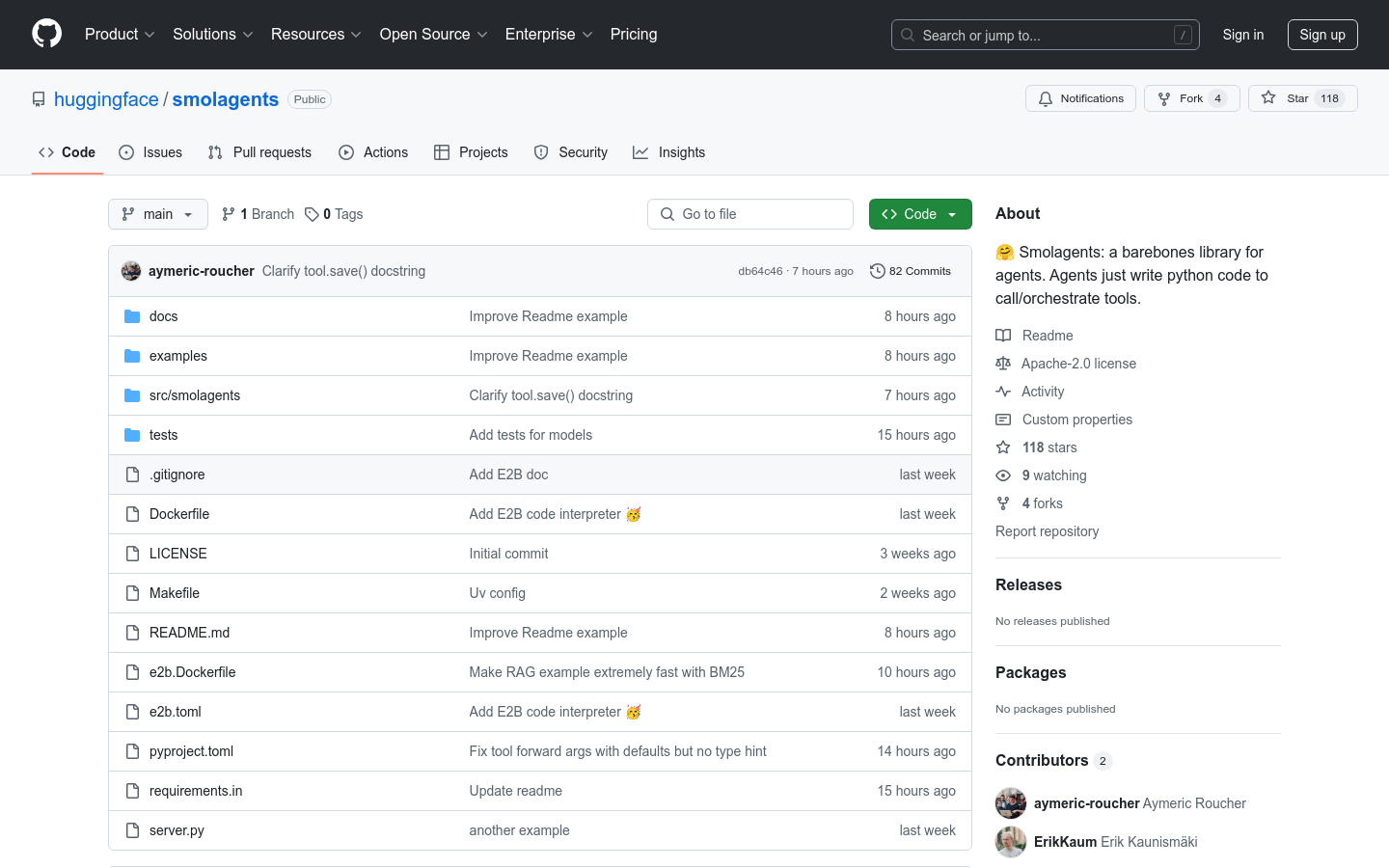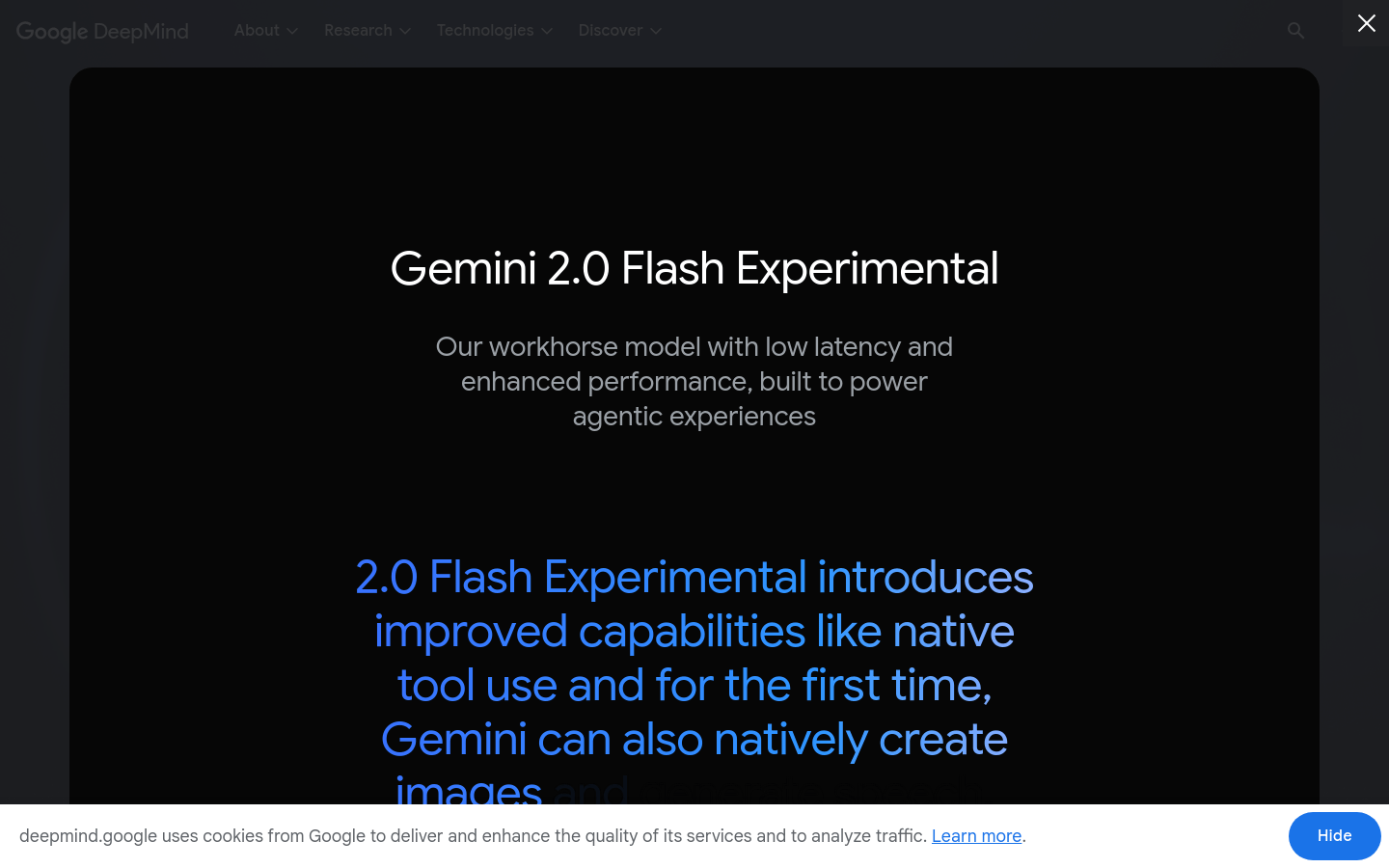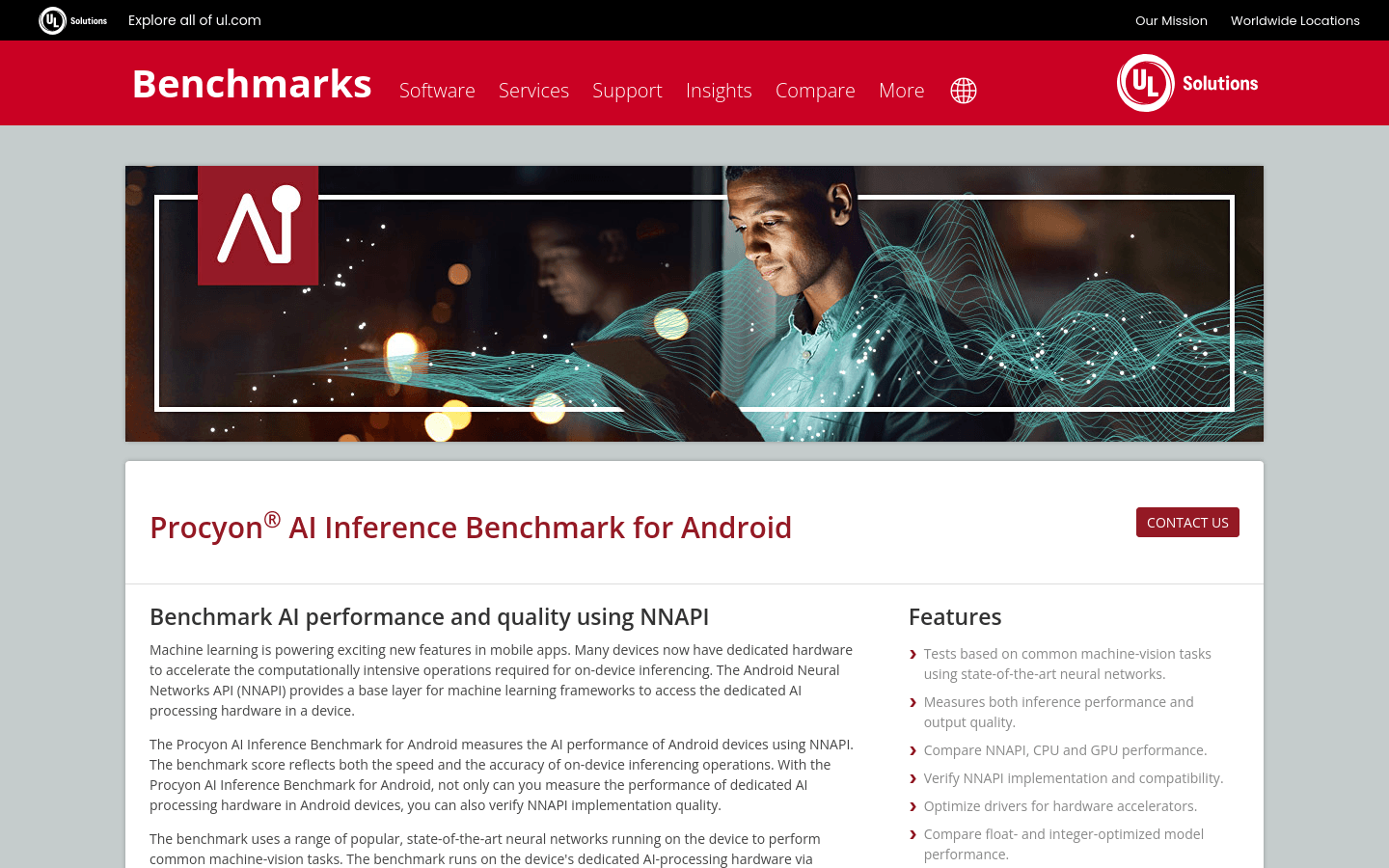Tag: machine learning
Found 559 related AI tools
#machine learning
Tag Tool Count: 559
Total Products: 100
Related Tags
AI (4556)
Artificial Intelligence (2992)
automation (1202)
image generation (690)
AI assistant (651)
natural language processing (637)
Open source (633)
social media (599)
personalization (589)
image processing (551)
chatbot (547)
data analysis (536)
educate (517)
content creation (510)
productive forces (457)
chat (423)
design (390)
creativity (365)
Multi-language support (365)
